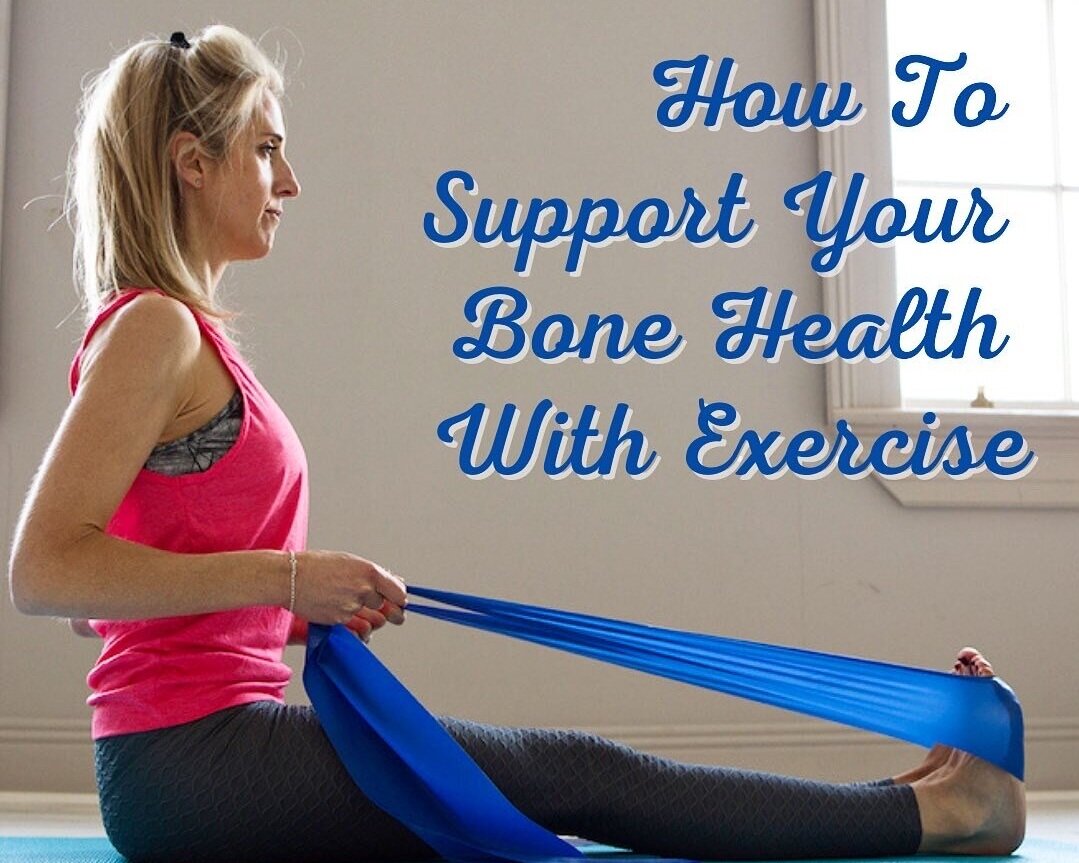
Elevating Health: The Role of Targeted Fitness in Bone Well-being
Embarking on a journey to prioritize bone health involves more than just calcium intake. Explore the symbiotic relationship between fitness and bone strength, unveiling how intentional physical activity becomes a cornerstone for promoting optimal bone density and resilience.
Understanding the Dynamics of Bone Health and Fitness
Bone health is a dynamic interplay influenced by various factors, and fitness stands out as a key contributor. Engaging in targeted fitness activities impacts bone density, structure, and overall strength. Understanding this dynamic sets the stage for integrating fitness into your lifestyle for robust bone health.
Weight-Bearing Exercises for Bone Density
Weight-bearing exercises are instrumental in enhancing bone density. Activities such as walking, running, and dancing subject bones to mechanical stress, prompting them to adapt and become denser. This adaptation is crucial for preventing bone loss and maintaining skeletal integrity, making weight-bearing exercises a foundational element in bone health.
Resistance Training: Building Strong Bones
Resistance training, encompassing activities like weightlifting, contributes significantly to bone health. The stress placed on bones during resistance exercises stimulates bone formation. Regular resistance training not only builds muscle strength but also fortifies bones, creating a resilient skeletal foundation.
Impact of Cardiovascular Fitness on Bone Metabolism
Cardiovascular fitness plays a role in bone metabolism. While not as directly weight-bearing as certain exercises, aerobic activities like cycling and swimming positively impact bone health. Cardiovascular fitness influences overall metabolic health, indirectly benefiting bones and contributing to a comprehensive approach to skeletal well-being.
Balance and Coordination Exercises for Bone Stability
Balance and coordination exercises are often overlooked in bone health discussions. However, these activities, including yoga and tai chi, contribute to bone stability. Improved balance reduces the risk of falls and fractures, fostering a protective environment for bone health.
Vitamin D Synthesis Through Outdoor Activities
Vitamin D, crucial for bone health, can be synthesized through exposure to sunlight. Outdoor fitness activities, such as hiking or jogging, not only provide physical exercise but also support the body’s natural production of vitamin D. This dual benefit underscores the holistic connection between outdoor fitness and bone well-being.
Nutrition and Fitness Synergy for Bone Strength
The synergy between nutrition and fitness is paramount for bone strength. Adequate calcium and vitamin D intake, combined with targeted fitness, create an optimal environment for bone health. This synergistic approach addresses both the structural and nutritional aspects crucial for skeletal well-being.
Lifespan Impact: Fitness as a Bone Health Investment
Prioritizing fitness for bone health is an investment with long-term benefits. Strong and resilient bones established through regular exercise contribute to overall bone health across the lifespan. This proactive approach becomes especially crucial in mitigating age-related bone loss and preserving bone density.
Linking to Fitness for Bone Health
Explore the transformative impact of fitness on bone health at Fitness for Bone Health. Access resources, expert insights, and personalized strategies to integrate intentional physical activity into your lifestyle, elevating your bone health for a resilient and vital skeletal foundation.
In the pursuit of robust bone health, targeted fitness emerges as a proactive strategy. From weight-bearing exercises that enhance density to resistance training that fortifies bones, intentional physical activity becomes a powerful ally. As you embrace a holistic approach, including balance exercises and outdoor activities, you not only build strong bones but also create a foundation for skeletal resilience that spans a lifetime.

